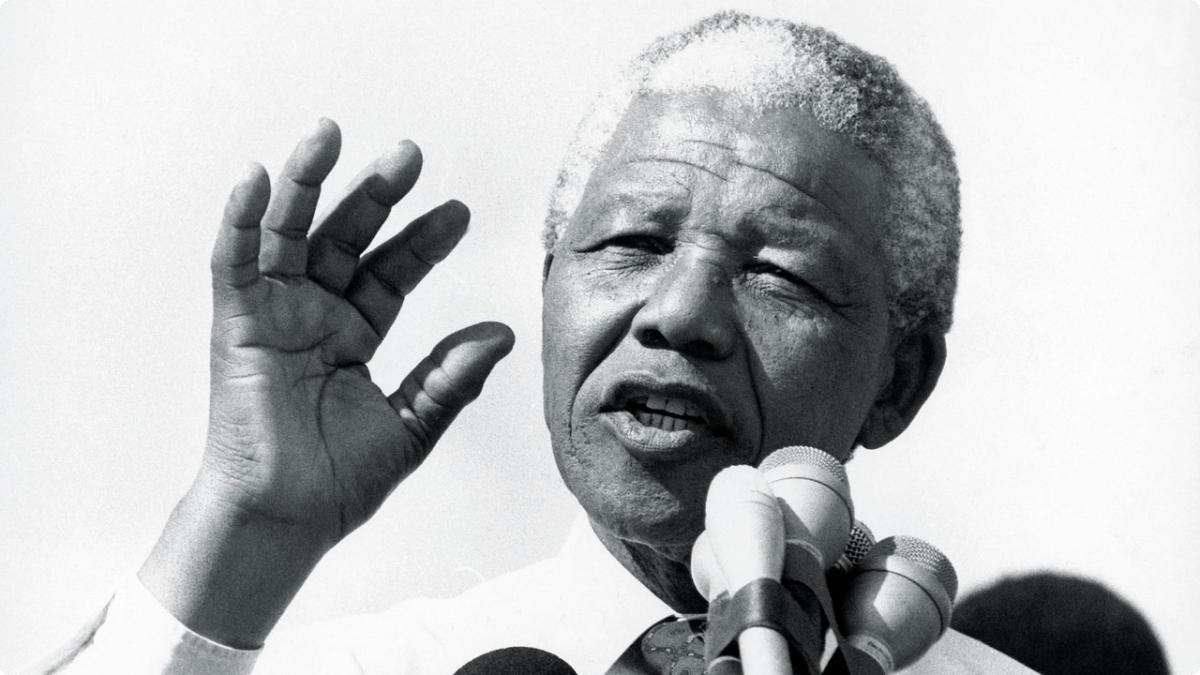


Tricia was satisfied that it aptly described both the kind of leader she was and the kind of leader she was becoming.Ĥ. She tested this with several colleagues, neatly pulled together what came easily to Tricia (“independently innovative” and “strategically results-oriented”) with what she could accomplish through disciplined effort (“deliberately collaborative”). Tricia combined the six descriptors into the following three phrases: Experimenting with the many combinations that you can make from your six chosen words helps you crystallize your personal leadership brand. For example, calmly driven differs from tirelessly driven. This exercise allows you to build a deeper, more complex description: not only what you want to be known for, but how you will probably have to act to get there. The next step is to combine these six words into three two-word phrases that reflect your desired identity. She simply asked them, “Are these the traits that someone in this general manager role should exhibit?” Their responses helped her refine her list to ultimately include the following traits: She then tested her choices by sharing them with her boss, her peers, and some of her most trusted subordinates. With that in mind, Tricia picked six descriptors that balanced the qualities that came naturally to her with those that would be critical in her new position. These traits, she realized, added up to a leadership brand that would not take her very far in her new role. Tricia knew she was seen as technically proficient and hardworking, but somewhat aloof. While identifying innate strengths is an important part of defining your leadership brand, the starting point is clarifying what is expected of you. Leadership brand is outward focused it is about delivering results. We advised Tricia to begin by focusing on the expectations of those she was working to serve, rather than on what she identified as her personal strengths. In short, she knew she needed a new leadership brand, and asked us for help in forging it. To succeed at her first large-scale leadership position and meet the complex set of expectations she would encounter in it, she knew she needed to become more deliberate about the way she led others. Her successful performance in several varied roles at her organization - she’d been an auditor, a process engineer and a customer-service manager - earned her a promotion into a general manager position, charging her with running one of the company’s largest businesses. The first thing you should do is ask yourself, “In the next 12 months, what are the major results I want to deliver at work?” Take into account the interests of these four groups:ĭave and I once worked with a very talented and hardworking executive we’ll call Tricia. What results do you want to achieve in the next year?

So how do you build a leadership brand? My co-author Dave Ulrich and I came up with these five steps.ġ.

Instead, you can concentrate on the activities that do. When you clearly identify what you want to be known for, it is easier to let go of the tasks and projects that do not let you deliver on that brand. What’s more, choosing a leadership brand can help give you focus. A strong personal leadership brand allows all that’s powerful and effective about your leadership to become known to your colleagues, enabling you to generate maximum value. If you have the wrong leadership brand for the position you have, or the position you want, then your work is not having the impact it could. A leadership brand conveys your identity and distinctiveness as a leader. You probably already have a personal leadership brand.


 0 kommentar(er)
0 kommentar(er)
